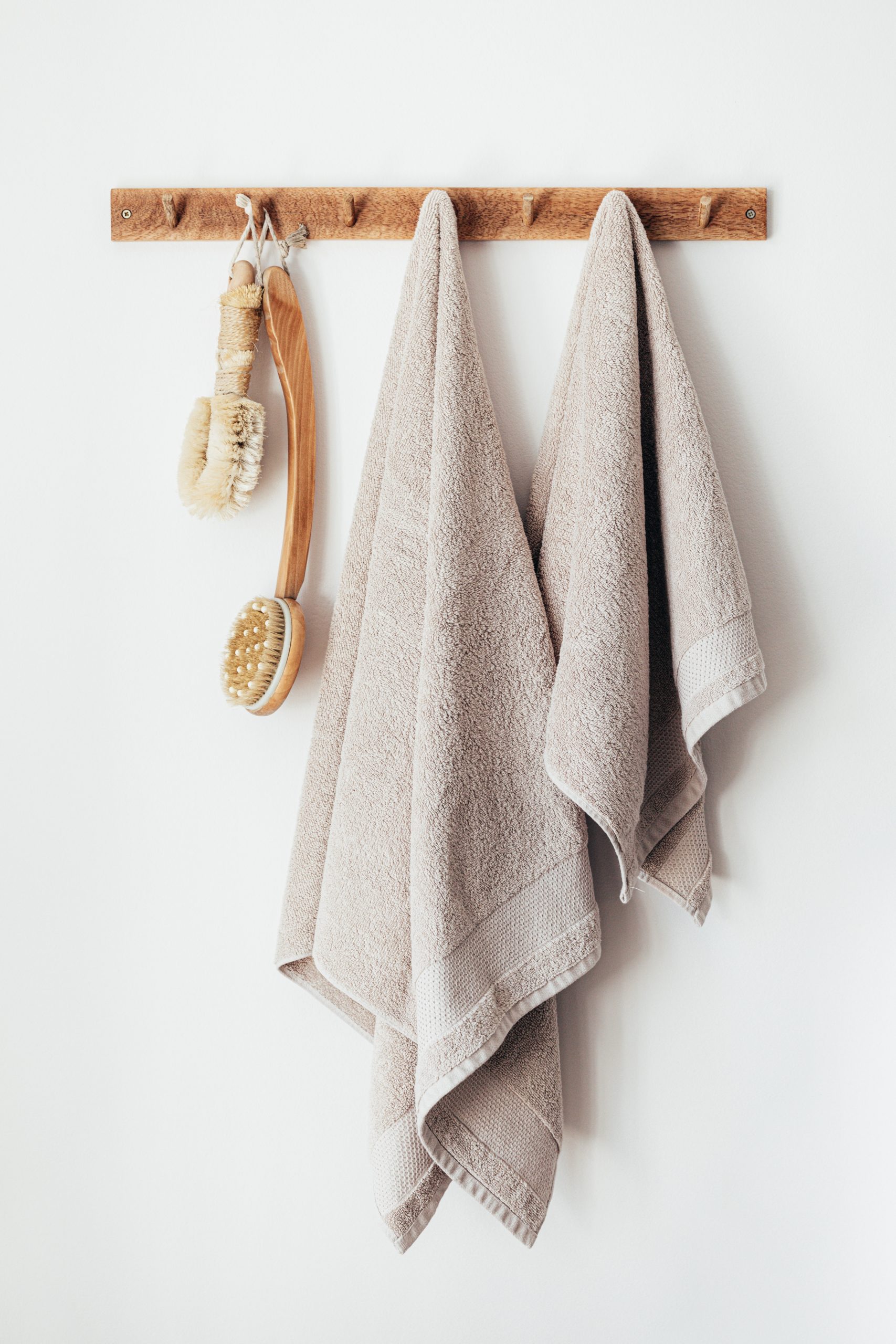A quality commercial drywall installation will give your space a clean, high-quality look. A skilled team of installers will use various methods to cover up imperfections and create an eye-catching space. However, a few essential things should be kept in mind before hiring a commercial drywall installer. Knowing the process, knowing what you want, and asking for what you need will help you find a contractor who meets your needs and budget.
One crucial step is to choose a professional drywall company with a strong reputation. A large, aggressive company will focus on high-quality work while serving its clients in a way that drives the company forward. This means hiring talented. Hard-working employees are prompted to complete the job. Ensure that the contractor is experienced enough to handle various commercial drywall projects.
Another factor to consider is the finish of the drywall. There are different types, including level 1 and level 2. Level 1 drywall is a placeholder option for temporary construction and decoration projects, such as a warehouse. The level 1 finish is characterized by light-textured walls that do not require a heavy coat of paint. Level two drywall involves a layer of joint compound to cover ridges and seams.
The uniformity of drywall finish is also an essential feature of commercial drywall installation. When installing level four drywall, the company should ensure the consistency of the finish throughout the space. Any discrepancies in appearance will be visible, especially under a bright light. In addition, a lower level of finish is often used in less visible areas, such as utility closets and storage rooms.
Drywall is a highly versatile building material that offers fire resistance and soundproofing. It is typically screwed onto the framing structure. When finished, drywall is taped to cover all the gaps. Afterward, drywall mud is applied to smooth the transitions and patch screw holes. If the walls are exposed to high-risk situations, multiple layers of drywall may be installed to increase fire resistance.
Drywall is often available in a variety of thicknesses and colors. The most common drywall is one-half inch thick and is used to create ceilings and walls. This thickness is ideal for ceiling applications and can also provide a fire barrier. It also helps to prevent sagging. This type of drywall is commonly available in 2’x2′ square sheets.
In addition to bare drywall, specialty drywall types are commercially available. Fire-resistance drywall is used in garages, basements, and other spaces with furnaces. It offers excellent fire protection and does not generate as much smoke as regular gypsum.
